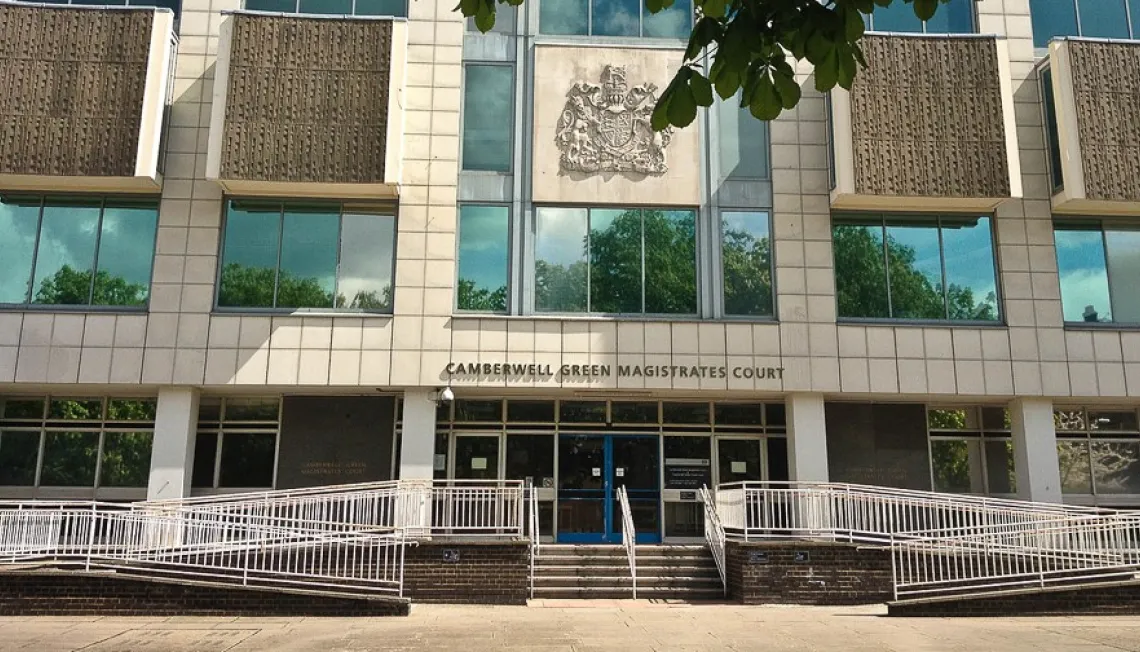We spoke with Amit Sethi, EU Head of Operations at SCRAM Systems, who provided an overview of his work and the rollout of the Alcohol Abstinence Monitoring Requirement (AAMR) across England and Wales.
SCRAM Systems provide the Continuous Alcohol Monitoring (CAM) tags which are used to monitor compliance with the AAMR imposed by the courts. The CAM tags can detect alcohol as it comes out of the pores. The tags sample the subject’s sweat every half-hour to determine whether alcohol has been consumed and this information is uploaded via a base station located in the service user’s home. If a breach is registered, the Probation Service will be notified. The longest an individual would wear the tag under an AAMR is 120 days.
The pilots
In 2014, MOPAC commissioned a pilot of compulsory sobriety tags to tackle the ‘night-time economy’ of alcohol-related night crimes such as alcohol-fuelled assault. These pilots were the first time courts were directly addressing alcohol misuse for non-dependent drinkers. Initially it was only rolled out via Croydon and Camberwell magistrates. The aims of the pilot were to test the equipment and see if it would work, to see if magistrates would use them in sentencing, and to see if they would be enforced. Amit says the pilot was really successful and succeeded in delivering positive results and fulfilling its aims. Despite the pilot being commissioned to mainly tackle ‘night-time crime’, the magistrates' courts were using it for a wider spectrum of cases, which was a positive development and demonstrated the wider scope of usage for these tags. From April 2016 to January 2017, it was then rolled out all across London after its evident success, and then extended to 2018.
In June 2017, another pilot was started in North Yorkshire, Humberside and Lincolnshire and then expanded in 2018 to incorporate a larger geographical area, with funding provided by the Police and Crime Commissioners (PCCs). The usage of the tags differed slightly in the North compared to in London. In the North, their approach was much more rehabilitative than punitive and the tag was part of a wider response to crime. In North Yorkshire, the tag was selected as part of combination orders at sentencing, with CRCs overseeing delivery of AAMRs in this area.
England & Wales rollout
Having been rolled out across the whole of Wales in October 2020, AAMRs have now also been fully rolled out across the whole of England. This now means that every court in England and Wales has the option of imposing an AAMR on an individual as a sentencing requirement in accordance with Community Orders and Suspended Sentence Orders. AAMR monitoring is now fully funded, implemented and led by the Ministry of Justice (MoJ), with Electronic Monitoring Services (EMS), taking care of equipment related issues. The Probation Service manages individual cases and any additional supervision and support.
Early indications are positive, with compliance rates being noted at above 97%. Later in 2021, the MoJ will be producing data on the up-take of AAMRs by courts in England and Wales.
For more information about this project, please contact Amit Sethi at ASethi@scramsystems.com
This case-study was initially compiled by Jaskirat Mann in 2018 and updated by Jason Watt in 2021
